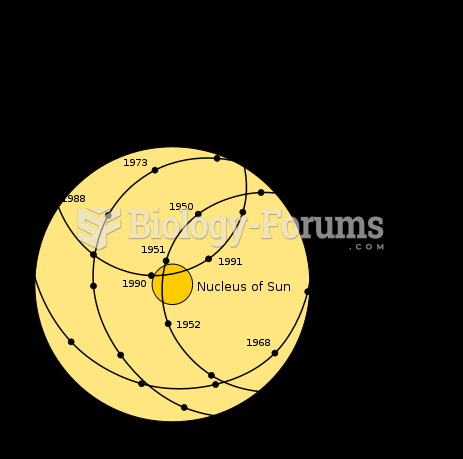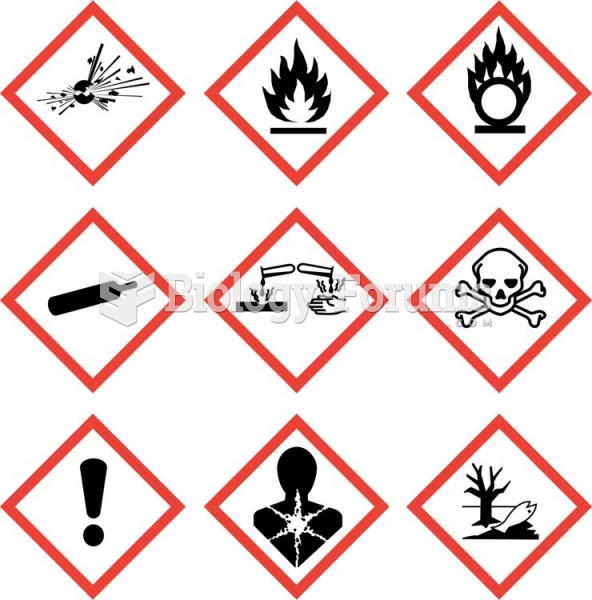This topic contains a solution. Click here to go to the answer
|
|
|
Did you know?
Illness; diuretics; laxative abuse; hot weather; exercise; sweating; caffeine; alcoholic beverages; starvation diets; inadequate carbohydrate consumption; and diets high in protein, salt, or fiber can cause people to become dehydrated.
Did you know?
All adverse reactions are commonly charted in red ink in the patient's record and usually are noted on the front of the chart. Failure to follow correct documentation procedures may result in malpractice lawsuits.
Did you know?
Medication errors are three times higher among children and infants than with adults.
Did you know?
The average adult has about 21 square feet of skin.
Did you know?
Throughout history, plants containing cardiac steroids have been used as heart drugs and as poisons (e.g., in arrows used in combat), emetics, and diuretics.
 American soldiers—some of them regulars in deep blue uniforms, others in buckskin cowboy outfits— fi
American soldiers—some of them regulars in deep blue uniforms, others in buckskin cowboy outfits— fi
 Wrap the client securely with sheets. (A) Lay one side of the sheet over the body. (B) Enclose the ...
Wrap the client securely with sheets. (A) Lay one side of the sheet over the body. (B) Enclose the ...





